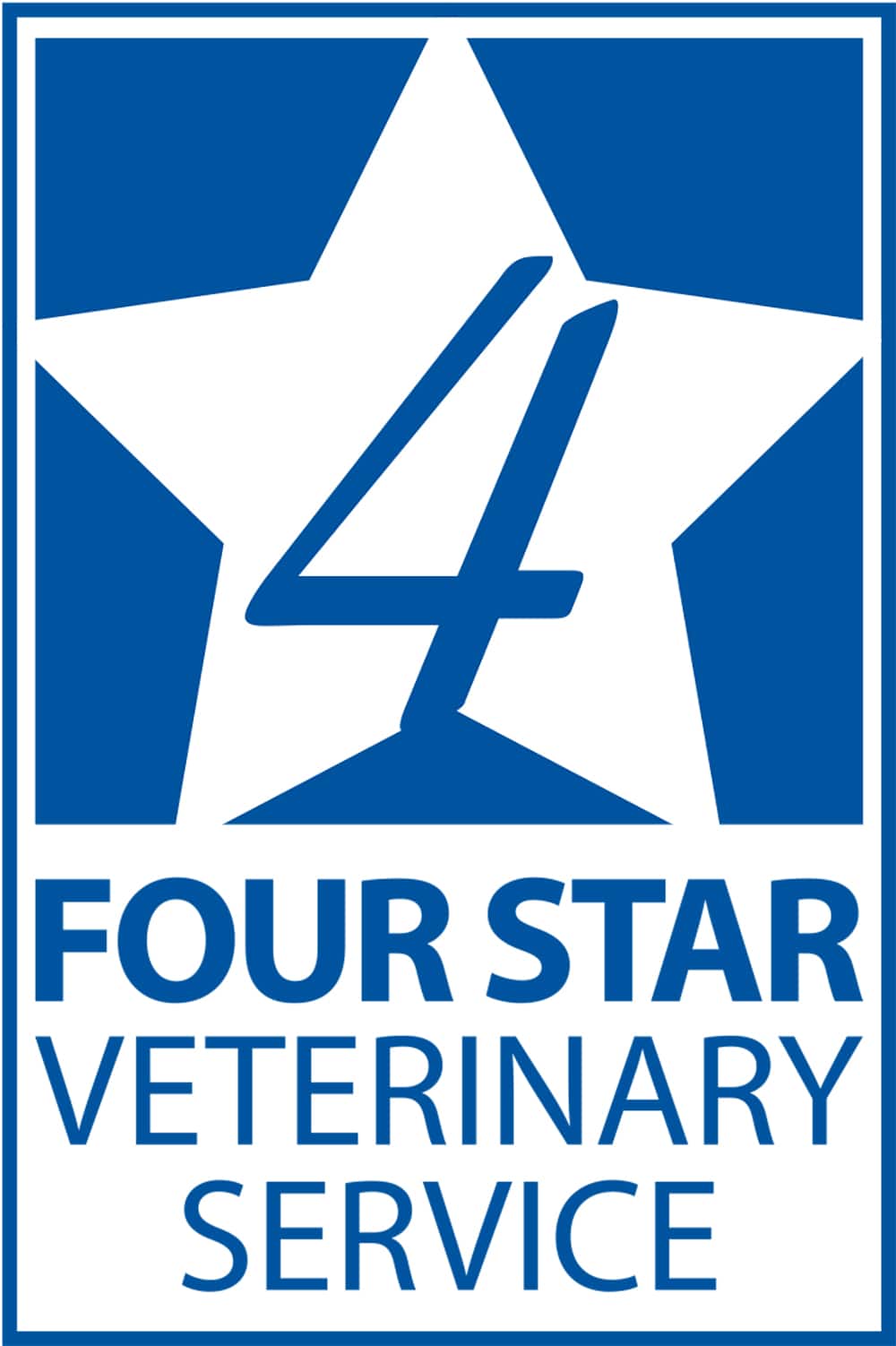Markets for pork produced without antibiotics continue to grow. But this method of production is not for every farm.
Tools for managing pigs without antibiotics
Raising pigs without antibiotics requires extra management and different tools compared to traditional commercial hog production.
8 key factors drive success when raising pigs without antibiotics
Producers need to recognize there will always be health challenges when raising pigs without antibiotics. The goal is to resolve those challenges as they arise.
